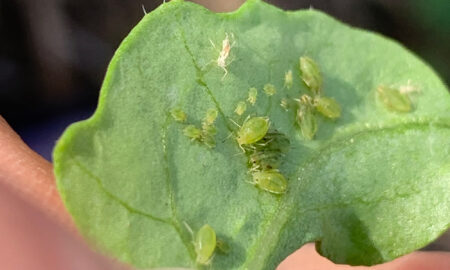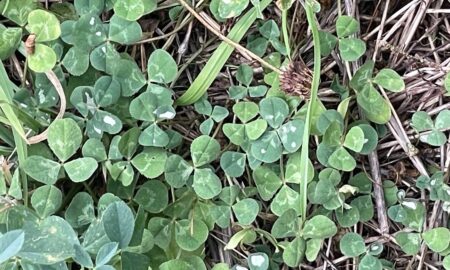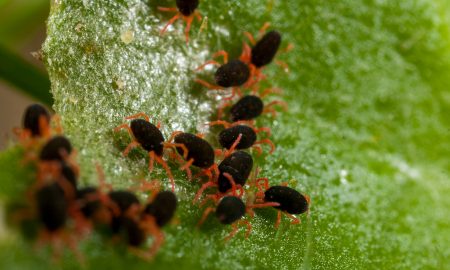The source or cause of crop damage in the establishment phase is not always easily identifiable, but there are effective ways of finding the culprit.
We often receive reports of pest damage but the culprit cannot be found easily.
It is important to establish which pest is causing the damage prior to deciding on the most appropriate management option.
Here are a few tips to help identify the source of crop damage:
Visual observations
Determine whether the plant damage is caused by pest sucking/piercing (e.g. aphids and mites), chewing (e.g. caterpillars, weevils and earwigs) or rasping (e.g. slugs, snails and lucerne flea).
Symptoms of sucking pests including leaf-cupping, silvering, and shrivelling, while symptoms of chewing pests include scalloped leaves, cut stems and leaf holes.
Some pests damage plants more by rasping than chewing. Rasping damage from slugs and snails occurs as they scrape off the soft tissue of leaves during feeding, often resulting in shredding or irregular-shaped holes in leaves. Under a hand lens, it is easy to see the rasped surface of the leaf or edge to the cut. In the case of lucerne flea, the leaf ‘windows’ result from the upper leaf surface being rasped.
It is also important to assess plant roots for feeding damage. Below ground damage is typical of soil dwelling pests such as wireworm, weevil larvae or scarabs. Digging might also be necessary to reveal these pests. Inspect the soil thoroughly as some larvae can be very small.
Many pests primarily attack crops at night, so extra strategies may be useful in identifying critters that take shelter during the day.
Inspections at night
Night inspections with a flashlight can be essential to get a reasonable indication of the pest and their densities.
Remember to disturb and agitate stubble and plant residues which provide shelter to crop pests.
In vegetative crops, night sampling can be sped up using a sweep net.
Pitfall traps
Pitfall traps are useful for identifying pests that are active on the soil surface such as beetles, weevils, caterpillars, earwigs, slaters, and millipedes, especially those that primarily attack crops at nights.
To establish a pitfall trap, bury a small disposable plastic cup in the soil so that the rim is level with the soil surface. Pour some water (1/4 cup) and a little detergent to immobilise the organisms. Setup multiple traps across the paddock, especially where the damaged area meets the healthy crop. Inspect the traps after 24 hours (preferably longer).
Refuge or shelter traps
Refuges are an effective tool in luring pests such as slugs, cutworm, earwigs and millipedes, and are easy to setup.
These traps can be tiles, wet carpet, hessian squares or even old chemical drums that are placed on the soil surface in multiple locations across the paddock.
Refuge traps are not as effective when the soil is moist.
Cover image: Slug damage in emerging canola. Photo by Julia Severi





